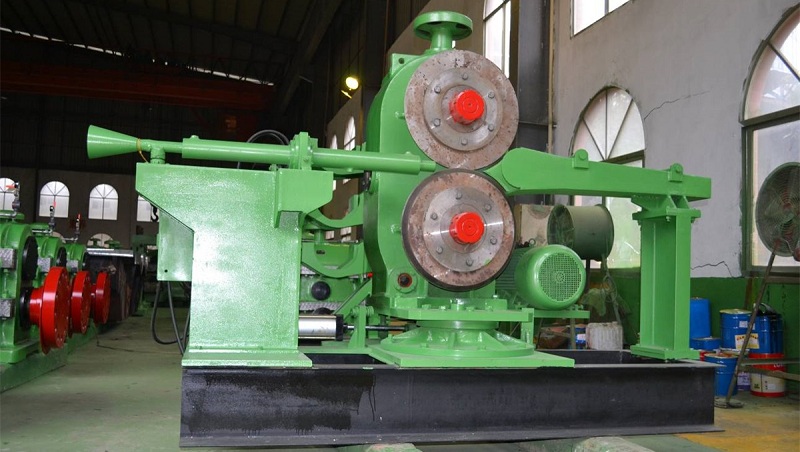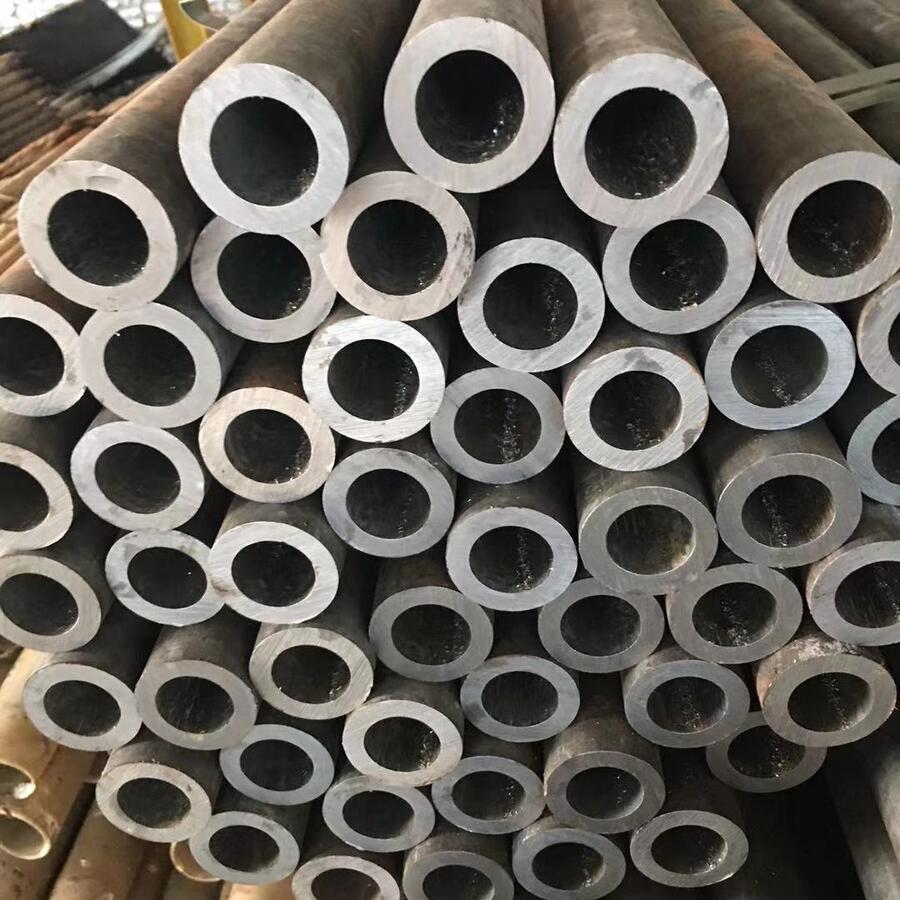Станы горячей прокатки стали являются важнейшими компонентами процесса производства стали., преобразование необработанной стали в полезные продукты посредством серии контролируемых процессов. В этой статье, мы изучим различные аспекты станов горячей прокатки стали, включая их оперативные механизмы, ключевые параметры, и преимущества, которые они предлагают обрабатывающей промышленности.
Что такое станы горячей прокатки стали??
Станы горячей прокатки стали — это промышленные машины, предназначенные для обработки стали при высоких температурах.. Основная функция этих станов — уменьшение толщины стальных слябов или заготовок путем пропускания их через ряд роликов.. Этот процесс не только придает стали форму, но и улучшает ее механические свойства., что делает его пригодным для различных применений.
Как работают станы горячей прокатки стали?
Эксплуатация станов горячей прокатки стали включает в себя несколько ключевых этапов.:
- Обогрев: Стальные заготовки или слябы нагреваются в печи до температуры от 1100°C до 1250°C..
- Роллинг: Нагретая сталь затем пропускается через ряд роликов., которые постепенно уменьшают свою толщину, одновременно увеличивая длину..
- Охлаждение: После прокатки, сталь охлаждается до комнатной температуры, что помогает в достижении желаемых механических свойств.
- Отделка: Конечный продукт может подвергаться дополнительным процессам, таким как резка., свертывание, или обработка поверхности.

Ключевые параметры станов горячей прокатки стали
Понимание параметров станов горячей прокатки стали необходимо для оптимизации их производительности.. Ниже приведена подробная таблица, показывающая различные параметры, связанные с этими мельницами.:
| Параметр | Описание |
|---|---|
| Диаметр рулона | Обычно варьируется от 500 мм до 1200 мм, влияющие на силу прокатки и качество продукции. |
| Ширина рулона | Стандартная ширина варьируется от 1000 мм до 3000 мм, в зависимости от характеристик продукта. |
| Скорость вращения | Обычные скорости варьируются от 1 м/с до 5 РС, влияние на эффективность производства. |
| Температура нагрева | Оптимальная температура нагрева составляет от 1100°C до 1250°C для эффективной прокатки.. |
| Уменьшение толщины | Типичные сокращения варьируются от 10% к 50% за проход, в зависимости от материала и конструкции мельницы. |
| Производственная мощность | Современные мельницы могут производить до 1 млн тонн проката в год. |
| Потребляемая мощность | Требования к электропитанию могут варьироваться от 500 кВт до 5000 кВт в зависимости от размера мельницы и производительности. |
| Скорость охлаждения | Скорость охлаждения после прокатки может повлиять на конечные механические свойства стали.. |
| Уровень автоматизации | Современные заводы часто оснащены передовыми системами автоматизации для повышения контроля и эффективности.. |
| Типы материалов | Может обрабатывать различные марки стали., в том числе углеродистая сталь, Сплава Сталь, и нержавеющая сталь. |
Преимущества станов горячей прокатки стали
Станы горячей прокатки стали обладают многочисленными преимуществами., включая:
- Улучшенные механические свойства: Процесс горячей прокатки повышает прочность и пластичность стали..
- Экономическая эффективность: Высокая производительность и сокращение отходов материала способствуют снижению эксплуатационных расходов..
- Универсальность: Возможность производства широкого спектра металлопродукции., включая листы, тарелки, и бары.
- Улучшенное качество поверхности: Результатом процесса является более гладкая поверхность., снижение необходимости дальнейшей обработки.
Заключение
В заключение, Станы горячей прокатки стали играют жизненно важную роль в сталелитейной промышленности.. Понимая их рабочие механизмы и ключевые параметры, производители могут оптимизировать свои процессы для повышения эффективности и качества продукции. Поскольку технологии продолжают развиваться, возможности станов горячей прокатки стали будут только улучшаться, прокладывая путь к более инновационной стальной продукции в будущем.
Для получения дополнительной информации о станах горячей прокатки стали и их применении, ты можешь посетить Хани ТЕХ и ХАНИ МЕТАЛЛУРГИЯ.




